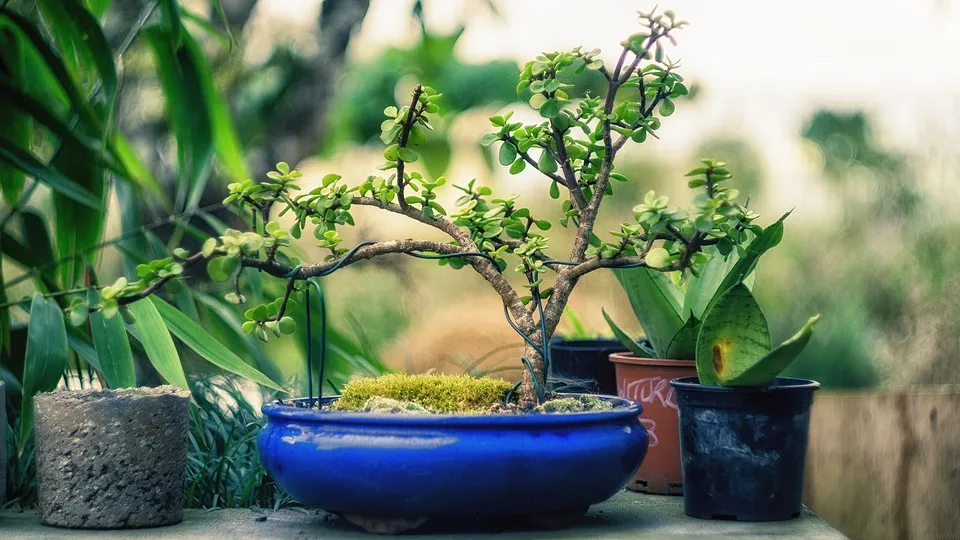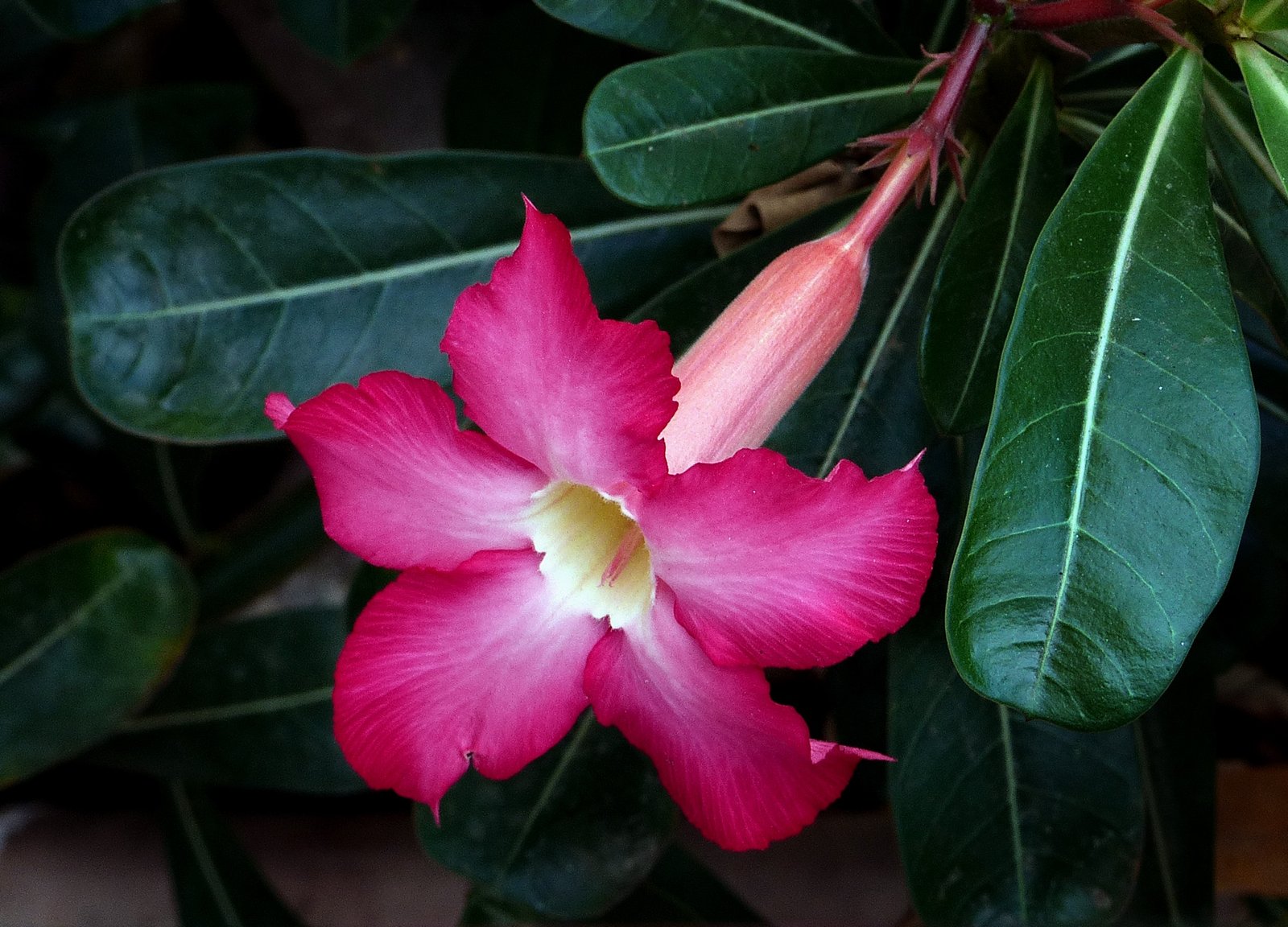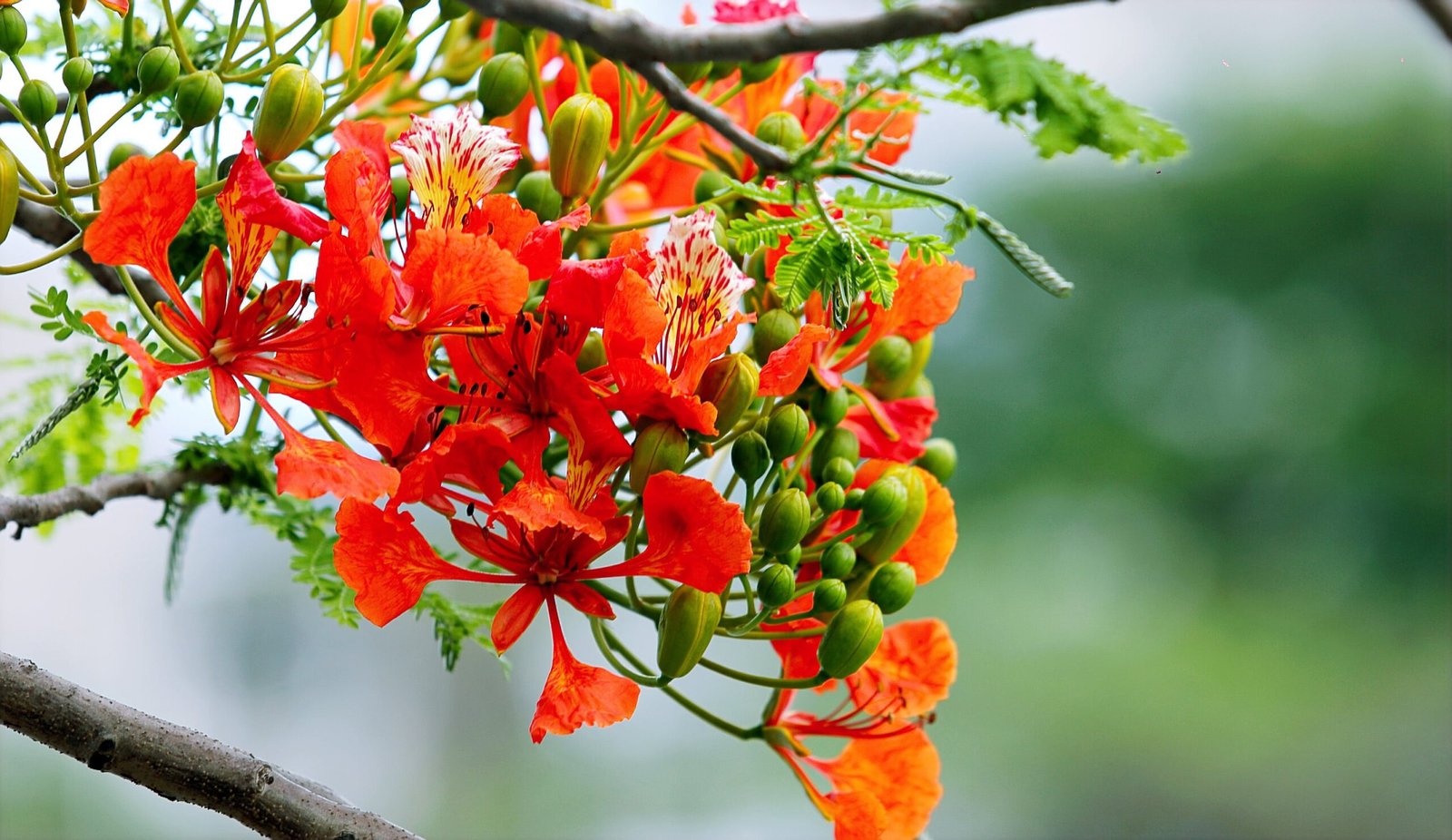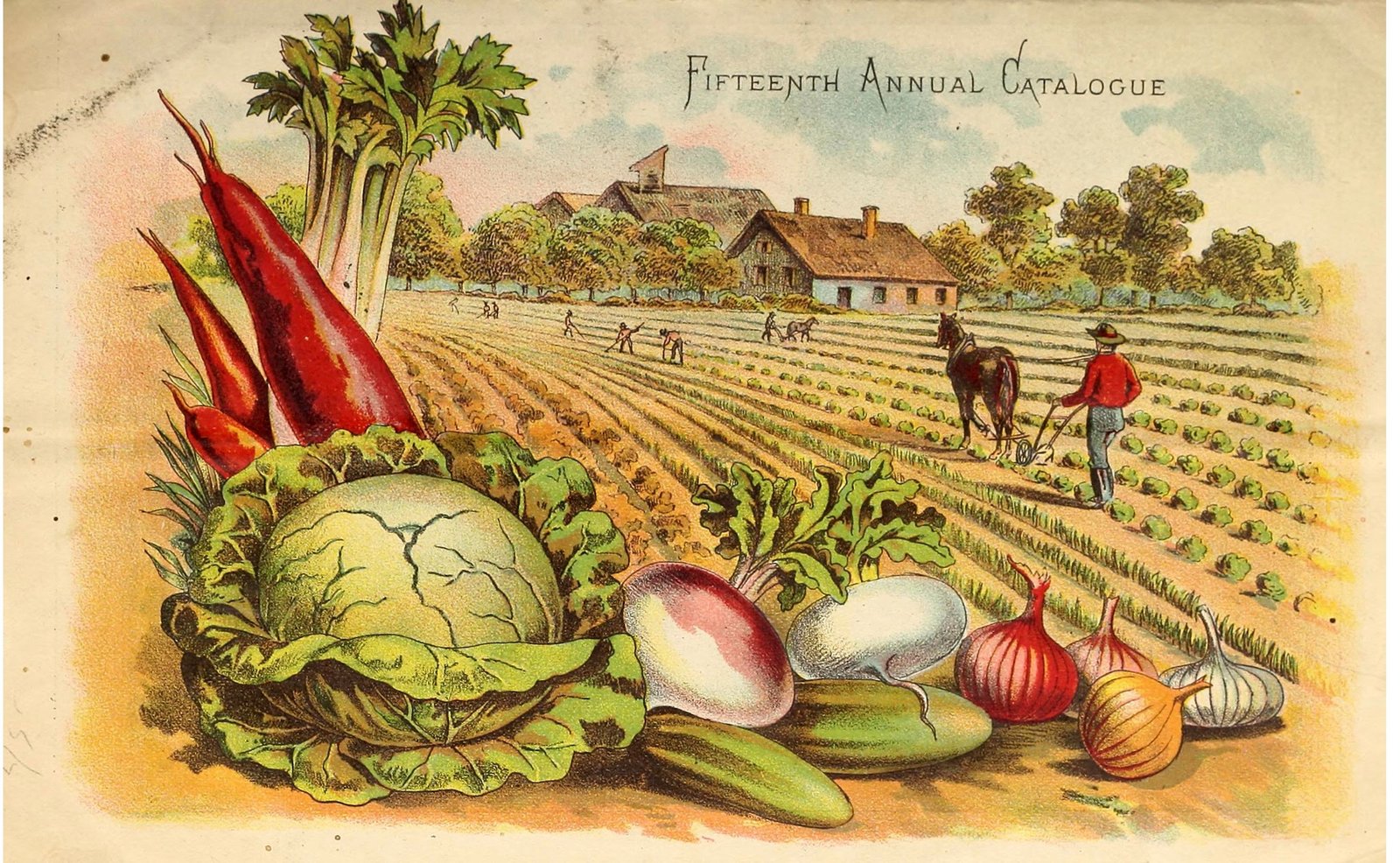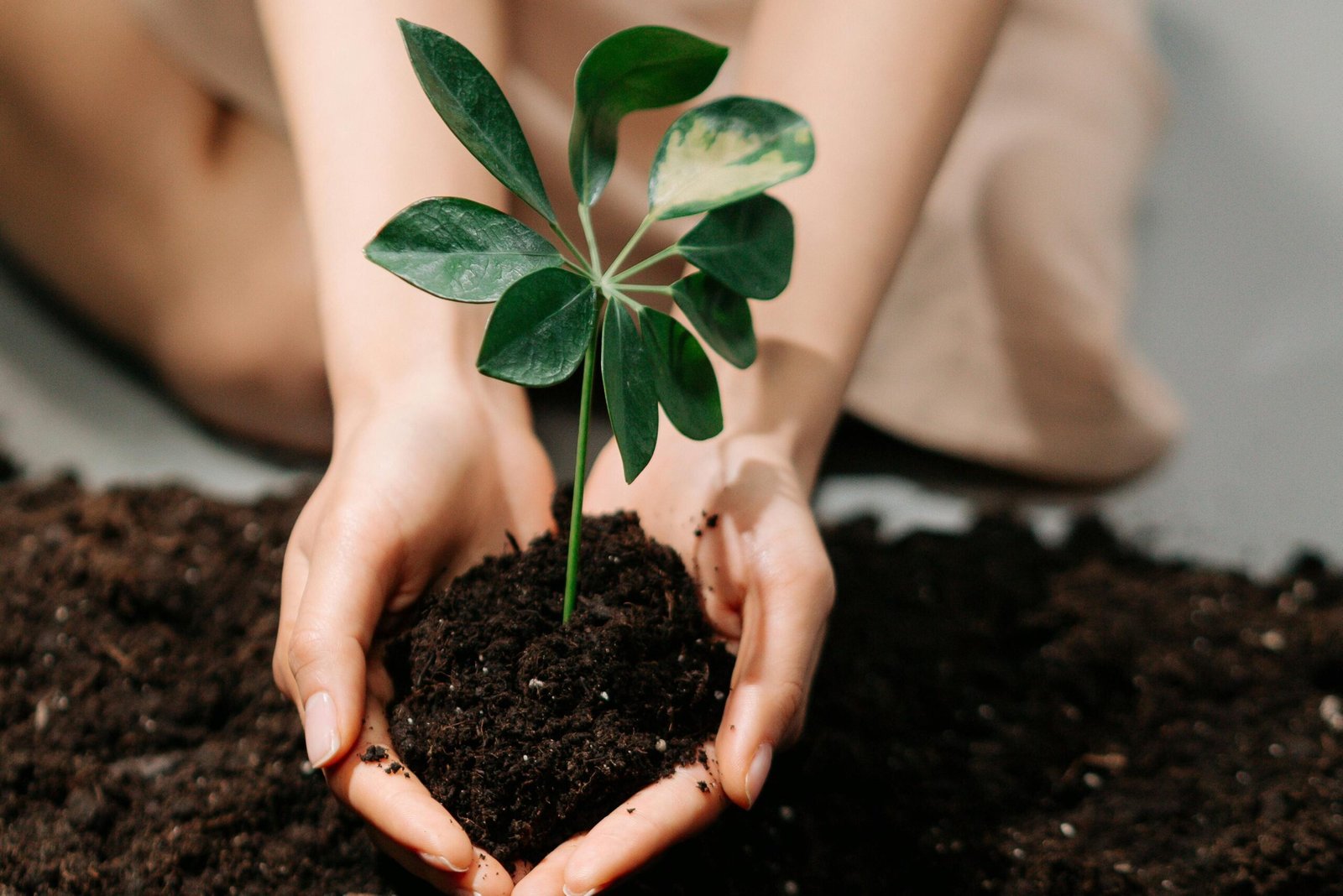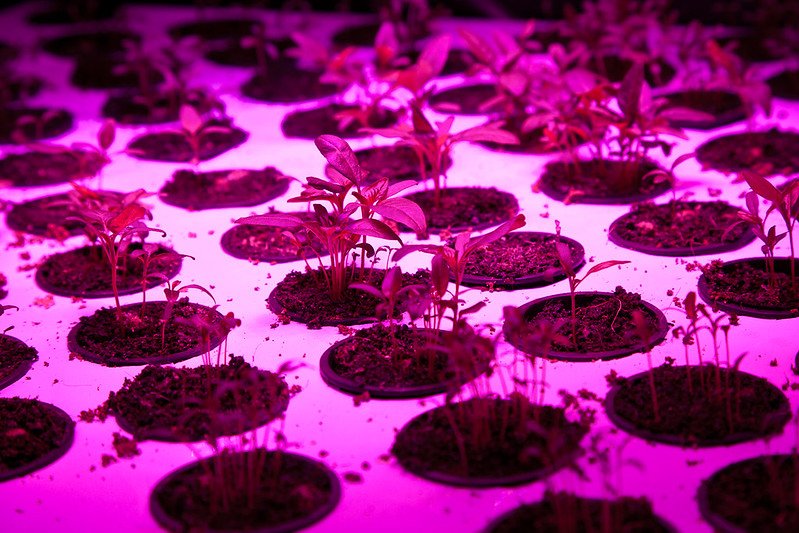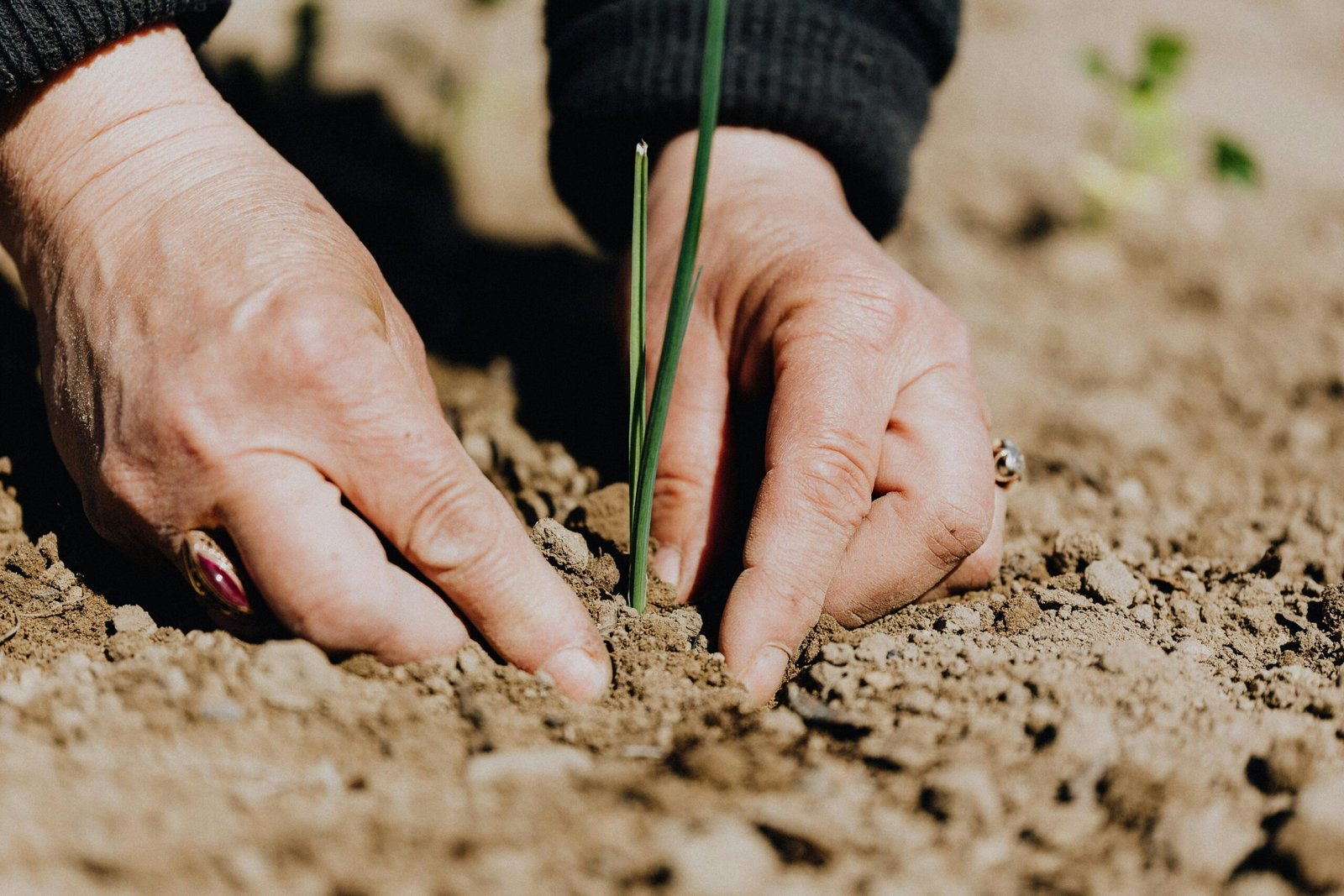Flower petals, adorned in a captivating array of hues, have long fascinated and intrigued botanists, ecologists, and nature enthusiasts alike. The enchanting world of colorful flowers goes beyond aesthetic appeal, delving into intricate ecological strategies and survival mechanisms. In this exploration, we unravel the question: How does it help a flower to have bright, colorful petals? The vivid tapestry of flower color patterns and the significance of colored petals extend far beyond visual delight, revealing an evolutionary story intertwined with pollination, species recognition, and reproductive success. Join us as we delve into the remarkable ways in which flower petals, with their vibrant shades and mesmerizing arrangements, offer insights into the secrets of nature’s ingenious design.
Table of Contents
Here are some ways in which these traits are beneficial
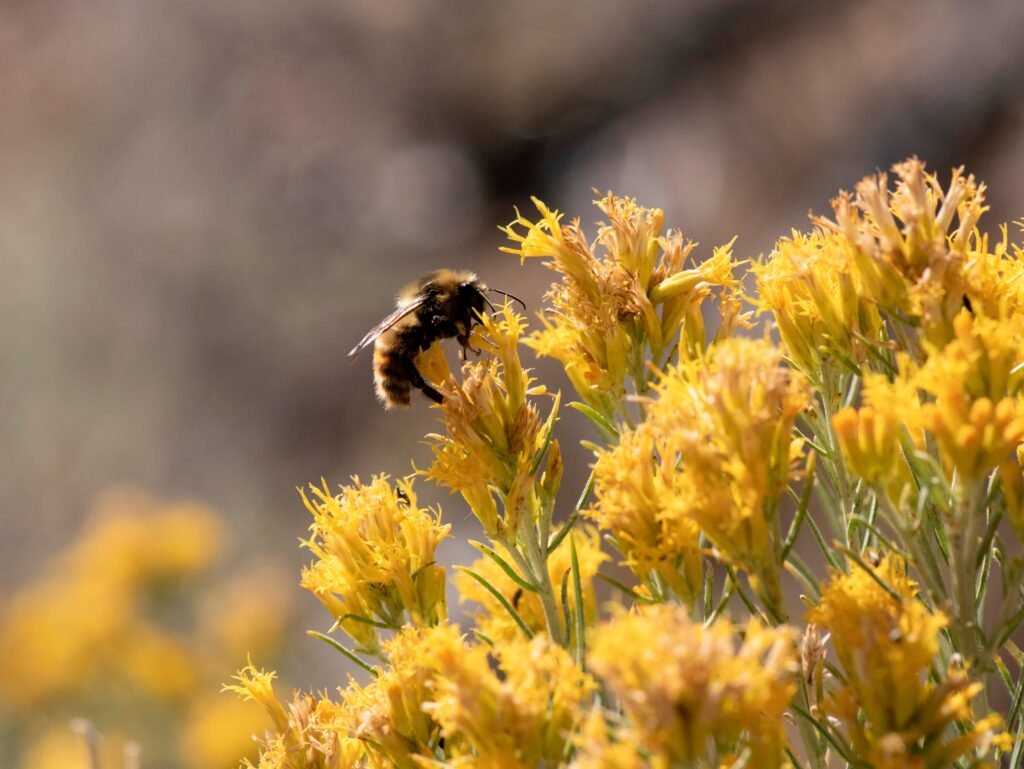
Attracting Pollinators
Flower petals play a pivotal role in orchestrating a harmonious dance of pollination, where nature’s vibrant colors become essential visual beacons. These colorful flowers intricately employ pollinators like bees, butterflies, birds, and insects as their diligent messengers, facilitating the vital transfer of pollen for fertilization. The allure of these petals lies in their vivid hues, acting as alluring signals that beckon pollinators from afar. Through a symphony of contrasting colors and intricate patterns, these petals serve as guideposts, directing the pollinators toward the flower’s heart – a treasury of nectar and pollen. This ingenious partnership between flower and pollinator is a mutualistic marvel: as the flower attains its goal of pollination, the diligent pollinator is rewarded with nourishment.
Such intricate flower color patterns, enhanced by the allure of colored petals, weave a tale of adaptation and coevolution, ensuring the continuation of floral and pollinator species. This fascinating interplay between form, color, and function illuminates the remarkable world of nature’s artistry, where every petal is a stroke on the canvas of survival and reproduction.
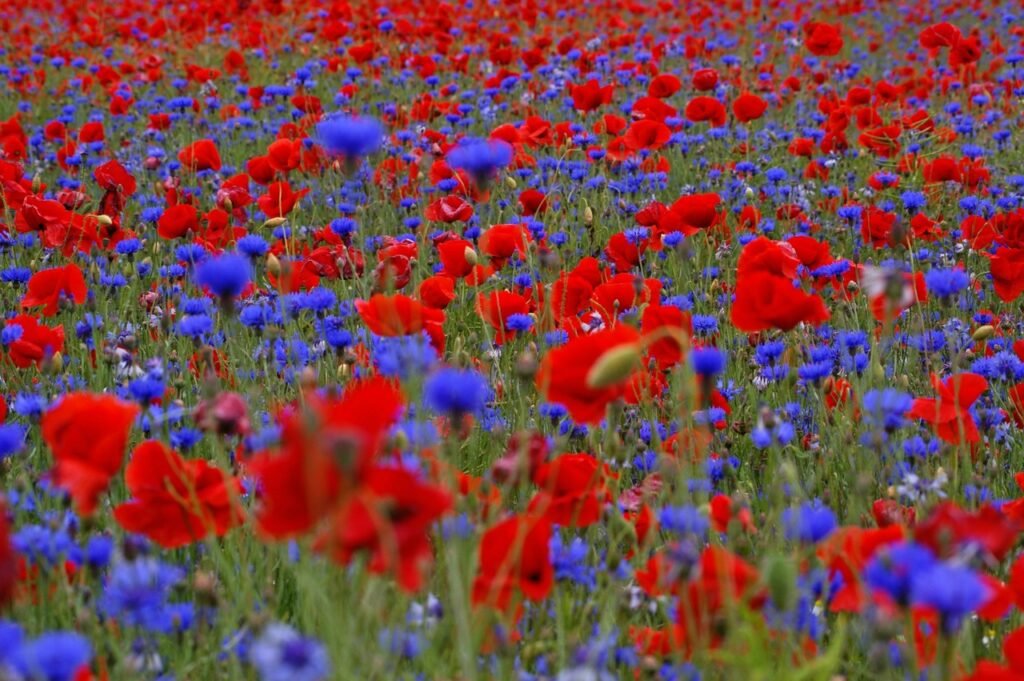
Advertisement
Vibrant and captivating, flower petals adorned in a rich spectrum of hues serve a critical purpose beyond their visual allure. These colorful flowers are not merely a feast for the eyes; they are intricate players in the delicate balance of ecosystems. Brightly colored petals function as alluring advertisements, deftly signaling to potential pollinators the promise of a sweet reward – nectar. Amidst the tapestry of surrounding foliage, these petals stand out conspicuously, increasing the likelihood of catching the attention of passing pollinators. This interaction is at the heart of flower color patterns, a testament to nature’s artistry. Colored petals are like beacons guiding pollinators, ensuring a vital exchange of pollen and nectar that underpins the reproduction of countless plant species. In this dance of life, flower petals, dressed in their vibrant best, demonstrate the exquisite synergy of evolution and the role of color in shaping the intricate web of existence.
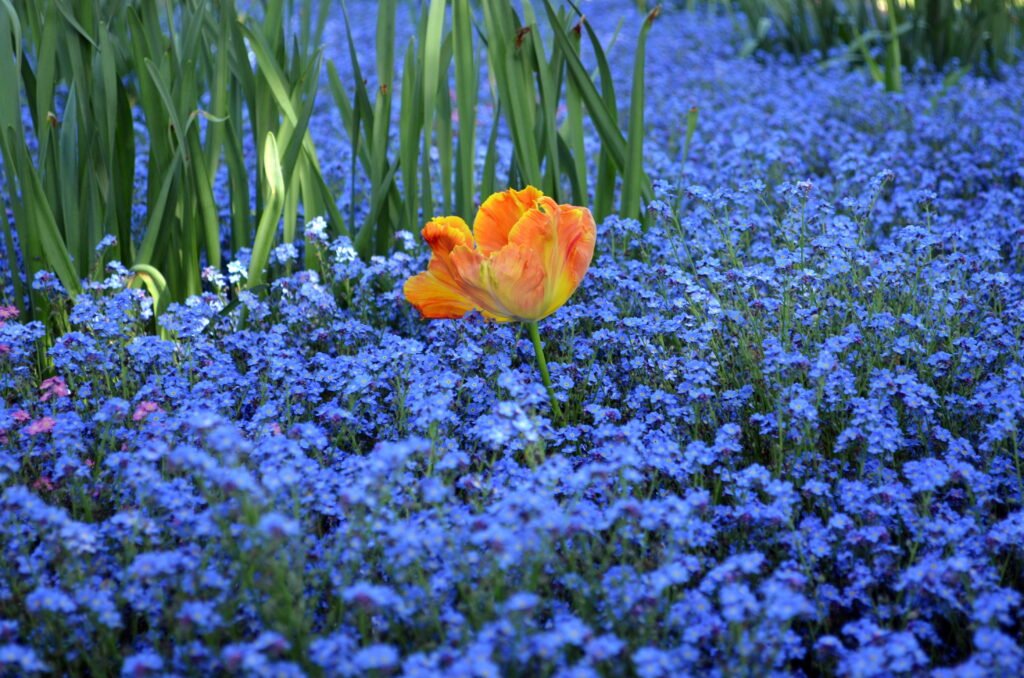
Species Recognition
In botanical diversity, flower petals showcase stunning colors extending far beyond mere visual allure. Different species of flowers have evolved unique color patterns that serve as intricate signals in the intricate dance of pollination. Pollinators, from buzzing bees to graceful butterflies, master associating specific colors with particular types of flowers and the rewards that await within. This innate recognition becomes a navigational beacon, guiding pollinators toward the flowers they are perfectly adapted to visit. This synchrony between flower petals, their vibrant hues reminiscent of a painter’s palette, and pollinators’ discerning instincts results in a harmonious partnership that ensures efficient pollination. The strategic deployment of colorful flowers and their distinct petal arrangements proves to be nature’s ingenious way of fostering successful pollination events, perpetuating the circle of life for diverse plant species.
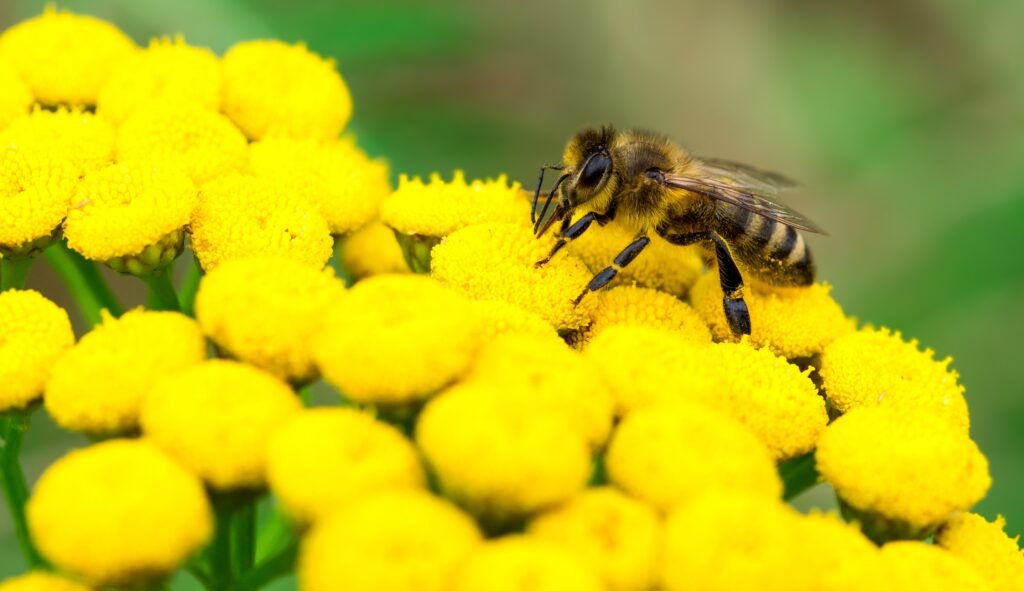
Reproductive Success
Successful pollination is intricately linked to producing vital seeds for a flower’s continued existence. The strategic utilization of brightly colored petals is pivotal in orchestrating this dance of life. These colorful flowers possess a potent advantage in the natural world by employing their captivating flower color patterns to beckon pollinators effectively.
Painted in rich hues, flower petals serve as alluring signals that resonate with pollinators. These colored petals act as nature’s invitation, guiding pollinators toward the flower’s heart. This orchestrated rendezvous not only assures the dispersal of pollen but also facilitates precise and frequent pollination events. The attraction generated by these vividly colored petals ensures that pollinators remain dedicated partners in the flower’s reproductive journey.
In essence, the evolution of colored petals becomes a testament to nature’s ingenuity. These petals bolster the flower’s reproductive success by enhancing the likelihood of pollinator visits. As seeds form the cornerstone of a species’ survival, this orchestrated partnership driven by flower petals ensures the perpetuation of individual flowers and entire floral communities.
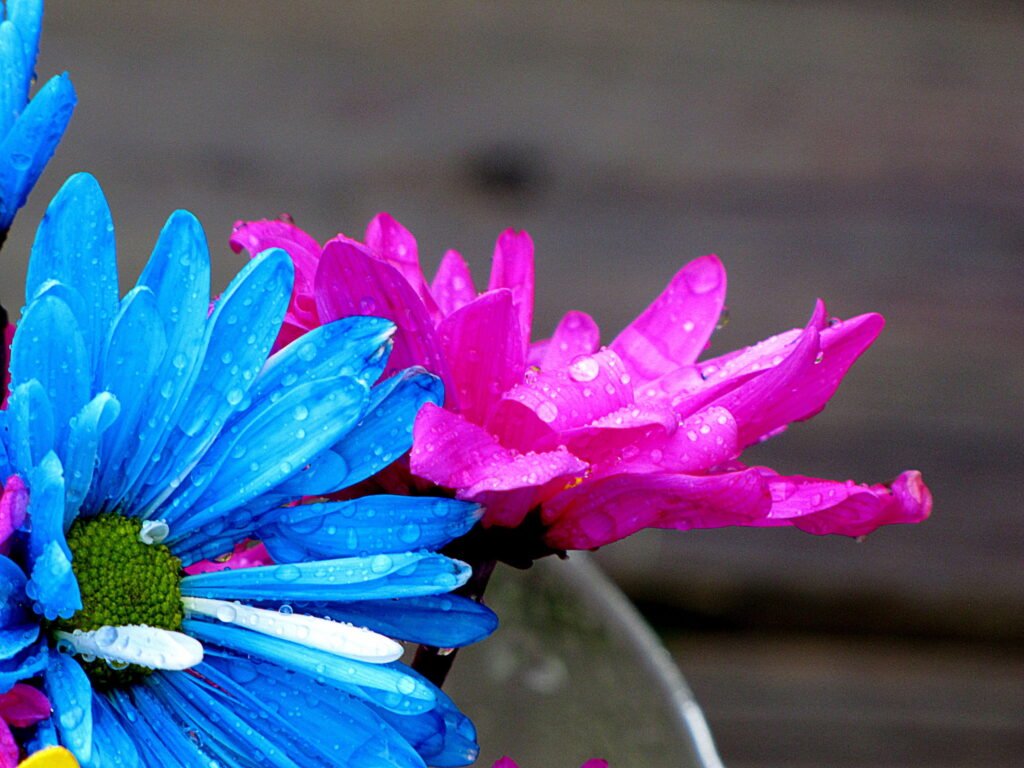
Competition
A fierce competition for pollinators ensues in ecosystems teeming with diverse flower species. Within this floral battleground, the role of flower petals, particularly those bedecked in vibrant and captivating hues, becomes a strategic advantage. Colorful flowers possess an innate allure that often grants them a competitive edge over their less conspicuous counterparts. The intricate dance of nature’s color patterns on flower petals holds a remarkable power – attracting and engaging pollinators in a captivating embrace.
Amidst this symphony of hues, the advantage of colored petals becomes evident as they beckon pollinators with their alluring pigments. In a world where pollinators are pivotal in reproductive success, these floral hues act as beacons, guiding vital visitors toward nectar-rich blooms. This inherent magnetism not only aids in securing pollination for individual plants but also paints a vibrant tapestry across the ecosystem, ensuring the persistence of diverse species.
The saga of colorful flower petals transcends mere aesthetics, evolving into a tale of survival and propagation. The intricate interplay of flower petals, color patterns, and their interaction with pollinators showcases nature’s exquisite artistry and adaptive brilliance, etching a narrative of vitality amid the competitive tapestry of floral existence.

Environmental Adaptations
In the intricate tapestry of nature, the hues adorning flower petals are more than just a visual spectacle. Beyond their role in attracting pollinators, the specific colors of flower petals intricately weave adaptations to their environment. In distinct habitats, vibrant petals are not merely an aesthetic choice but a strategic one. In colorful flowers, nature employs a subtle brushstroke of evolution, allowing some blossoms to blend seamlessly with their local surroundings. This ingenious adaptation, evident in diverse flower color patterns, serves a dual purpose: avoiding detection by herbivores and harnessing specific light conditions for optimal growth.
In these environments, colored petals act as a protective cloak, concealing the vibrant blooms from hungry grazers. This survival tactic, hidden within the beauty of colored petals, enhances the flower’s chances of maturity and reproduction. Moreover, flowers with petals that match their surroundings harness the power of natural camouflage, a testament to nature’s adaptability and innovation. As we delve deeper into the captivating world of flower petals, we uncover how their colors transcend mere visual allure, painting a tale of resilience, strategic balance, and harmonious coexistence within their ecosystems.
The vibrant and diverse palette displayed by flower petals is a testament to the intricate interplay of evolution and ecological dynamics. These resplendent petals, adorned with a spectrum of colors, are far more than a visual spectacle. Instead, they are a finely tuned adaptation that plays a crucial role in perpetuating plant species across diverse ecosystems.
The phenomenon of colorful flowers, characterized by intricate flower color patterns and pigmentation, is not a mere accident but a result of millions of years of evolution. The radiant hues serve as beacons, guiding pollinators toward the heart of these blooms in a delicate choreography of survival and propagation. By luring pollinators with their vibrant allure, these flowers ensure efficient cross-pollination and successful reproduction while cementing their place in the intricate web of life.
In a world where every niche holds its unique challenges, the evolution of colored petals stands as a prime example of nature’s adaptability. From the delicate petals of alpine blossoms to the vivid blooms of tropical paradises, the language of color speaks volumes, echoing the resilience and innovation that allow plant species to thrive.

